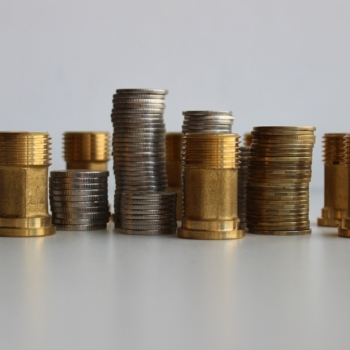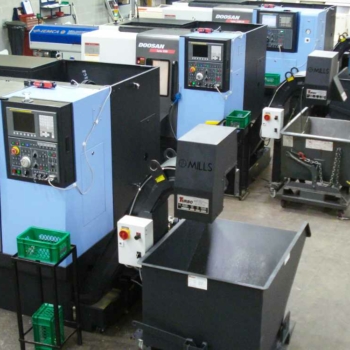Additive vs Subtractive Manufacturing: Metal Turning & 3D Printing
Additive vs subtractive manufacturing has been a topic of interest in the industrial sector for some time. Both processes have their advantages and limitations, understanding these differences is crucial for businesses looking to optimise their production processes.
Additive manufacturing, also known as 3D printing, has garnered attention for its ability to create complex geometries with ease, while subtractive manufacturing, with its roots in traditional machining, offers precision and accuracy. Each method has its own set of benefits, the choice between the two often depends on the specific requirements of the project at hand.
What is Additive Manufacturing?
Additive manufacturing is the process of creating objects by adding material. This can be done through processes like injection moulding, but more commonly refers to 3D printing (or similar) techniques.
Modern 3D printing methods allow for the production of complex and intricate designs that would be challenging or even impossible to achieve through traditional manufacturing processes. Many view additive manufacturing as an important part of contemporary manufacturing, often referred to as industry 4.0.
Common examples of additive manufacturing techniques include:
- 3D Printing
- Injection Moulding
- Direct Metal Laser Sintering
- Stereolithography
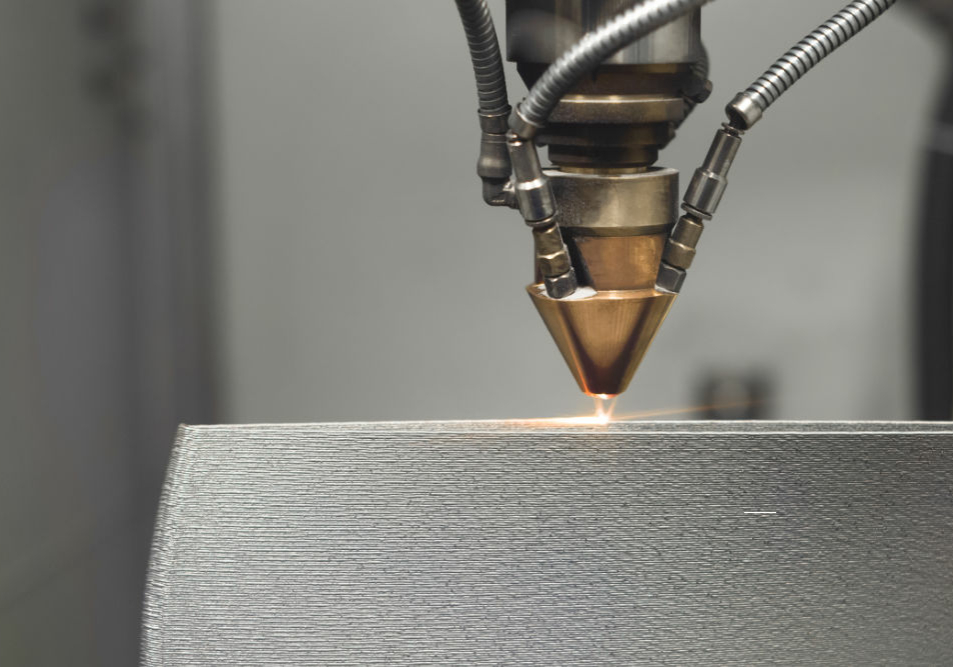
Benefits of Additive Manufacturing
Additive manufacturing offers significant benefits in terms of design flexibility and the ability to create complex geometries that are difficult to achieve using traditional subtractive methods. Additionally, it allows for material efficiency, minimising waste during production, enabling rapid prototyping and iterating, which can be crucial for product development and innovation. These advantages make additive manufacturing an increasingly valuable and competitive option in modern manufacturing.
Design Flexibility and Complex Geometry
The flexibility offered by additive manufacturing allows for the creation of intricate and complex geometries. 3D printing enables the production of intricate designs with internal cavities, lattices and complex organic shapes that are challenging to create using subtractive techniques.
This design freedom is particularly beneficial in industries like aerospace and medical, where lightweight and complex parts are often required. The ability to produce complex geometries directly from digital designs opens up new possibilities for innovation and optimisation in product development and manufacturing.
Material Efficiency
An inherent advantage of additive manufacturing is its ability to achieve high material efficiency through precise deposition of material only where it is needed, minimising waste and optimising resource utilisation. This is in contrast to subtractive manufacturing, where excess material is removed which leads to wastage. Additionally, additive manufacturing allows for the consolidation of multiple components into a single, more efficient part.
Rapid Prototyping and Iterating
A significant advantage of additive manufacturing is its capability for rapid prototyping and iterating, allowing for cost-effective development and testing of product designs. With 3D printing, manufacturers can quickly create prototypes and make changes based on testing and feedback, reducing the time it takes to develop a product. Additionally, the ability to produce prototypes on demand reduces the need for holding large inventories of parts, further streamlining the development process.
What is Subtractive Manufacturing?
Subtractive manufacturing refers to the process of creating a final product by removing material from a solid block. This method starts with a solid piece of material, such as metal, wood or plastic, then uses various techniques to remove excess material until the desired form is achieved.
Common examples of subtractive manufacturing techniques include:
- CNC Machining
- Milling
- Turning & Multi-spindle Turning
- Drilling
While additive manufacturing has gained attention for its innovative capabilities, subtractive manufacturing remains a fundamental and widely used method for producing high-quality, intricate components.
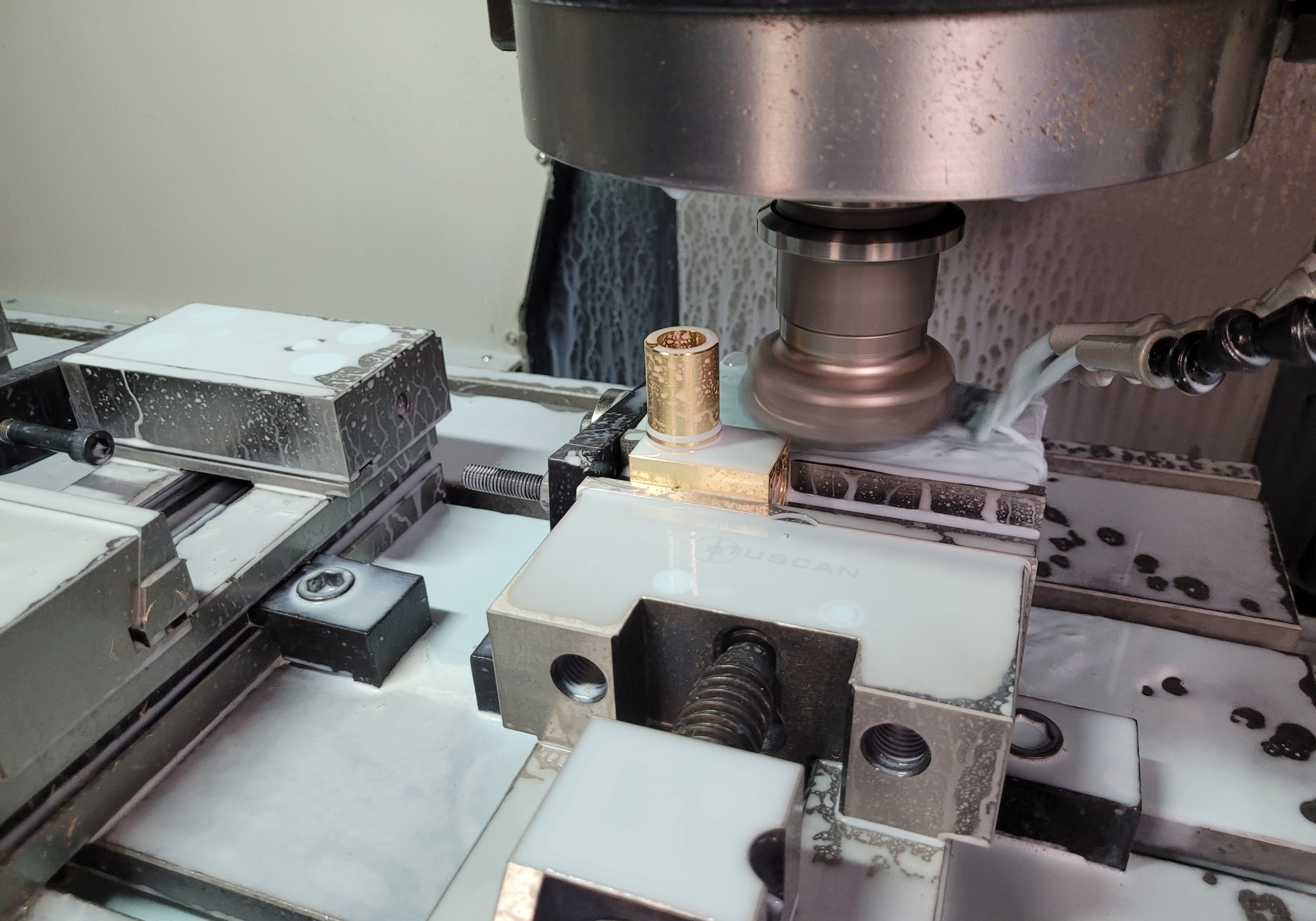
Benefits of Subtractive Manufacturing
Subtractive manufacturing offers several advantages, especially when mass producing parts. Subtractive manufacturing benefits from well-established machining processes, wide material compatibility and for precise finished products, ensuring quality end results.
Precision and Accuracy
High levels of precision and accuracy is a hallmark of subtractive methods, enabling the creation of intricate components with exacting specifications. Subtractive manufacturing techniques such as CNC machining and traditional milling allow for the production of machined components with tight tolerances.
This level of precision is especially beneficial for industries such as aerospace, medical and automotive, where the performance and safety of components are critical.
Well-Established Machining Processes
Traditional machining techniques such as milling, turning, drilling and grinding have been honed over decades, offering unparalleled precision and surface finish. These processes are well-understood, with a vast body of knowledge and expertise available to optimise efficiency and quality. With CNC versions of these machines, years of experience can now be complemented by the accuracy, consistency and speed of digital production methods.
Wide Material Compatibility
Subtractive manufacturing techniques such as milling, turning and drilling can effectively work with a broad range of materials including metals, plastics, wood, composites and ceramics. Subtractive manufacturing's ability to work with such a variety of materials allows for greater flexibility in production and the creation of a wide array of products. Furthermore, the established knowledge and expertise in working with these materials make subtractive manufacturing a reliable choice for industries seeking precision and consistency in their production processes.
Surface Finish
CNC subtractive manufacturing methods allow for the creation of exceptionally smooth and detailed surface finishes. Achieving tight tolerances and a superior surface quality ensures that the end products not only meet functional requirements but also exhibit a high-quality finish. As a result, subtractive manufacturing is favoured for the production of parts and components where surface finish plays a critical role in the overall product performance and customer satisfaction.
Strength and Durability
The methods involved in subtractive manufacturing, such as CNC machining, allow for the use of a wide range of materials, including metals and high-performance alloys, which inherently possess superior strength and durability.
By removing material from a solid block or billet, subtractive manufacturing can create parts with a dense and homogeneous structure, resulting in components that exhibit exceptional mechanical properties, making them ideal for demanding environments and applications where strength and durability are paramount.
Subtractive Manufacturing vs Additive Manufacturing
Each manufacturing method has its own strengths and weaknesses and understanding these differences is crucial for making informed decisions about which method to use for specific manufacturing needs.
Subtractive manufacturing - Subtractive manufacturing techniques have the versatility to work on a vast range of materials, including solid wood, metals, alloys, ceramics and glass to name a few.
Additive manufacturing - Additive manufacturing processes are limited in terms of material selection, primarily working with plastics, resins and some metals, while materials like solid wood cannot undergo additive manufacturing processes.
Subtractive manufacturing - Subtractive manufacturing is more cost-effective for large production runs due to the high speed at which multi-axis CNC machining can produce parts.
Additive manufacturing - Additive manufacturing is generally more effective for small production runs and prototyping. This is because 3D printed parts need longer to produce and don’t benefit as much from economies of scale.
Subtractive manufacturing - Subtractive manufacturing processes, such as CNC machining, utilise heavy machinery, necessitating skilled operators. The complexity of the machinery and the precision required in subtractive manufacturing demand extensive training to ensure the efficient and safe operation of the equipment.
Additive manufacturing - Additive manufacturing does not require a highly skilled operator due to the simplicity of the equipment and machinery used. However, in more complex industries, a certain level of specialised skill is still required.
Subtractive manufacturing - Subtractive manufacturing is generally much faster, especially for larger parts and production runs. For example, at Currie & Warner, our Multi-Spindle CNC machines can complete turned parts in just 36 seconds.
Additive manufacturing - Additive manufacturing is generally slower than subtractive manufacturing, particularly for larger production runs. However, it can be faster for small parts in small volumes when taking a product from design to completion.
Subtractive manufacturing - Subtractive manufacturing, such as milling or turning, involves cutting away significant amounts of material, leading to some waste. However, in many cases this scrap is recyclable for later use.
Additive manufacturing - Additive manufacturing causes minimal material wastage, building up the final product layer by layer, using only the material necessary for the specific design.
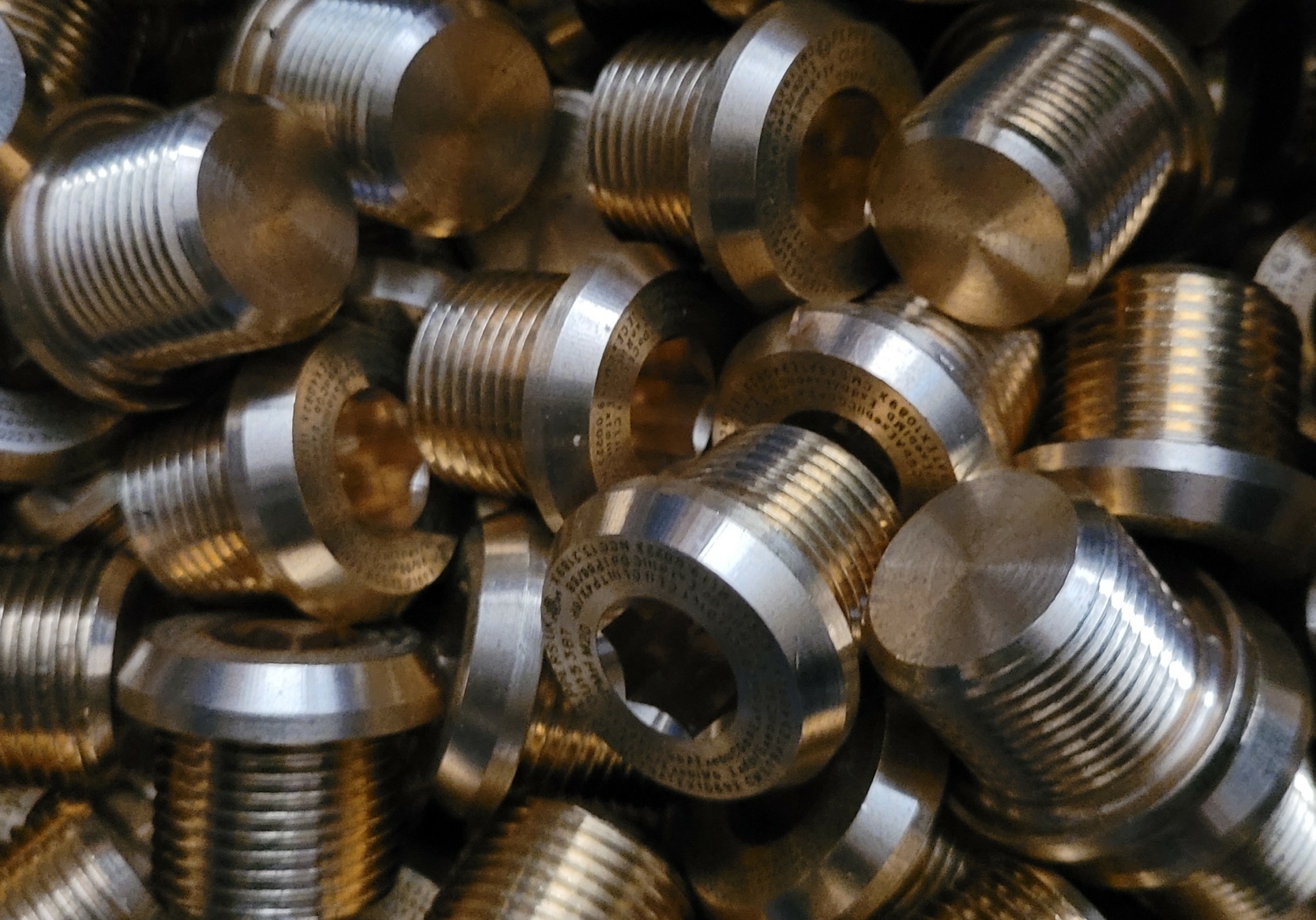
Additive or Subtractive Manufacturing: Which is Best for Your Project?
Both processes have their own set of benefits and limitations, the choice between the two depends on the specific requirements of the project. For large scale production, subtractive manufacturing is likely to be the better option if possible, due to fast turnover and cost-effective creation of high quality products. Additive manufacturing offers the opportunity for businesses of all sizes to create intricate products and prototypes relatively quickly, but lacks the efficiency for large scale production runs.


